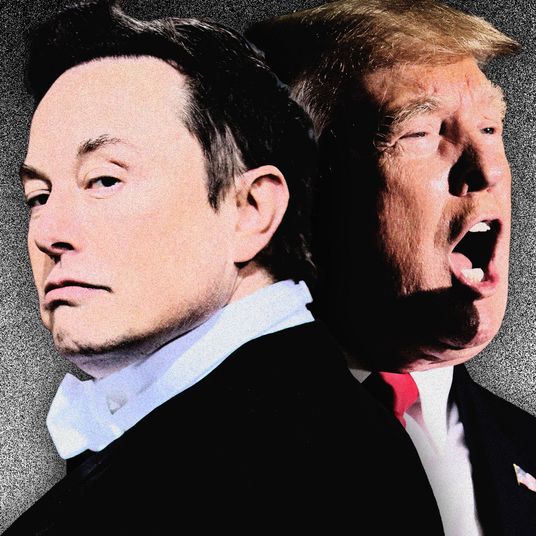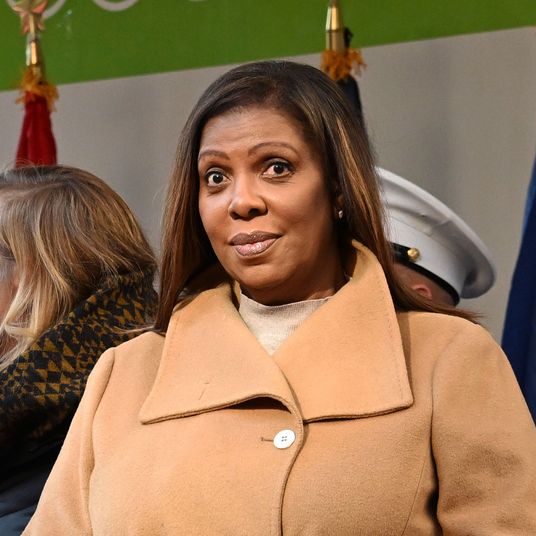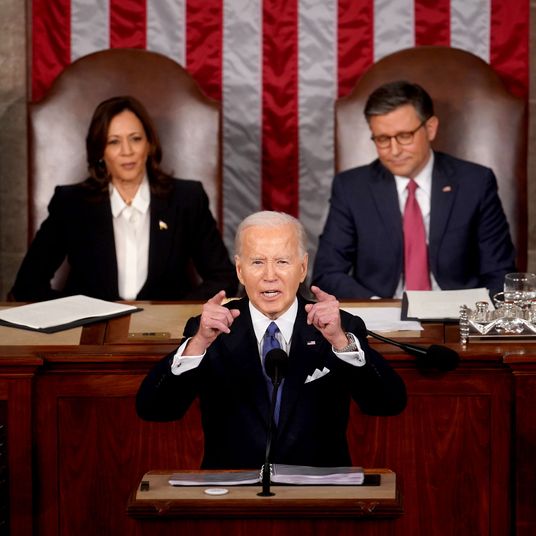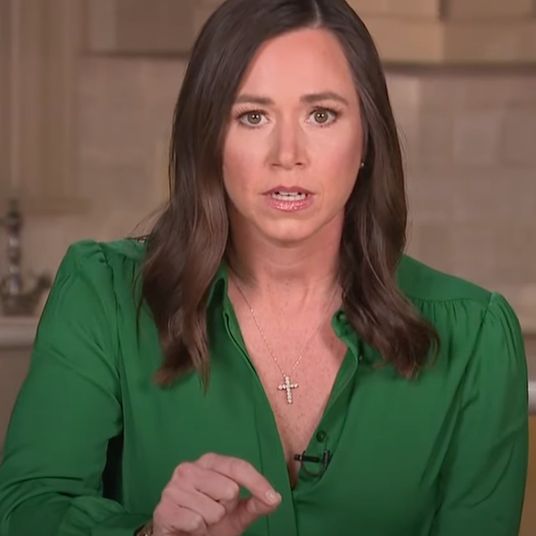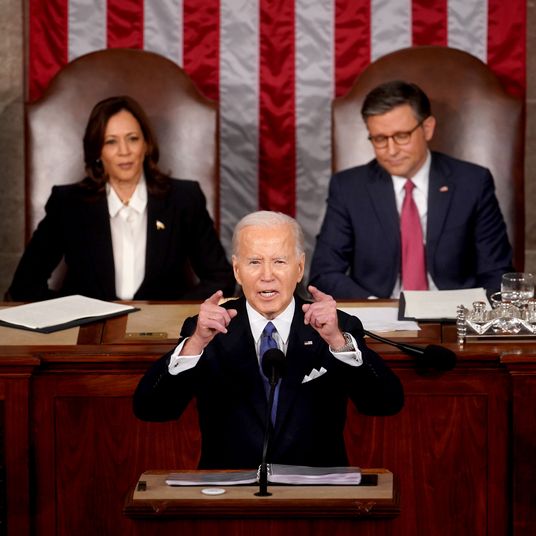
This holiday season, Amazon will cheerily assert its dominance on doorsteps across the country. There will be the stacks of Amazon boxes, of course, delivered in many cases by workers wearing Amazon uniforms and driving Amazon-branded vehicles. But there will also be the small mysteries: packages delivered by Amazon, but ordered from somewhere else.
In terms of packages delivered, Amazon is now the largest private carrier in the United States — only the post office moves more parcels. In 2020, Amazon eclipsed FedEx. In 2022, according to data reviewed by The Wall Street Journal, it surpassed UPS and is “on track to widen the gap this year.” Most of this volume is products sold through Amazon. For years, though, the company hinted that it had ambitions to compete more directly with other delivery companies, and it has tested delivery services beyond its ecosystem — that is, stores that don’t primarily sell through Amazon. With more than 200,000 delivery people running routes between its customers, the thinking goes, it might as well.
Amazon is best known as a retailer, but going into 2024, Amazon is better understood as a massive logistics operation with a vestigial retail operation strapped to its back. Much in the way that it sells cloud computing to other firms with AWS, Amazon rents out its physical logistical capacity — more than 500 million square feet of warehouse space as of 2021, more than a million employees in the United States, and globe-spanning systems to streamline supply chains — to third-party sellers, who account for a majority of products purchased on Amazon.
Gradually, Amazon started offering some of these services beyond its core seller base, putting it in direct competition with other warehousing and logistics firms but also with the big parcel services. Independent e-commerce sites can warehouse and ship products through Amazon and include a “Buy with Prime” checkout option on their sites. Your next purchase on eBay, Etsy, or that Shopify store you found on Instagram could well be fulfilled and/or delivered by Amazon, with no direct interaction with the company required on your part.
This puts Amazon on a bit of a collision course with FedEx, UPS, and the USPS, so it’s worth trying to understand what kind of shipping operation Amazon is actually building here. The WSJ reports:
In 2018, Amazon launched a program where entrepreneurs could start their own franchise delivering Amazon packages for as low as $10,000. It has similarities to FedEx’s Ground unit, which also uses a contractor model for local routes. The Amazon program has around 200,000 drivers in the U.S., helping the company rapidly accelerate the number of packages it was able to deliver each day, say former executives.
Amazon’s delivery business outwardly resembles other delivery firms, with fleets of branded vehicles and couriers that often wear uniforms (through a gig-work platform called Flex, Amazon also pays drivers to deliver packages in their own cars, which occasionally causes them to get shot at). In contrast with UPS and the USPS, which are heavily unionized and employ many carriers on a full-time basis, Amazon’s new delivery infrastructure is built on a contractor model, in which local and regional “delivery service providers” employ workers to deliver packages on Amazon’s behalf. It’s a fuzzy arrangement with obvious appeal to a company as large as Amazon. It also has a reputation for producing brutal work conditions. Amazon dictates a great deal about how these businesses operate but doesn’t technically run them, which presents some interesting issues when their workers decide they’d like to be in a union, too, and claim, for all intents and purposes, they do actually work for Amazon.
For Amazon’s customers, these logistical changes have felt relatively seamless, manifesting as different trucks and different workers offering approximately the same service. But the stakes are pretty high. If Amazon’s delivery business keeps growing and starts competing with FedEx, UPS, and the USPS on their turf, it could remake an entire sector of the economy in its image: faster, cheaper, and subcontracted out to the greatest extent possible.


